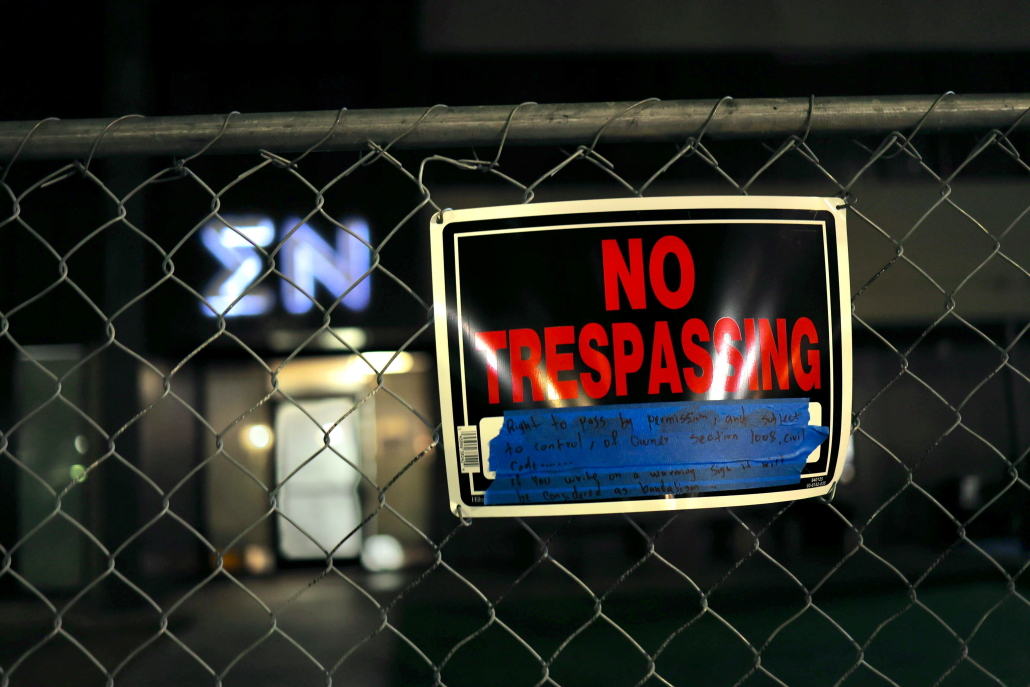Jumping back into Greek life is a dangerous game

Content warning: This article contains references of sexual assault, drugging and violence.
The beginning of the spring semester saw a whirlwind of students grappling for a place in the multitude of USC Greek life houses. Although this may seem innocent enough — Greek life is an important aspect of many individuals’ college experiences — the recent controversies that have erupted from these institutions brings into question the enthusiasm so many students hold.
Last October, staggering news came out about druggings and sexual assaults at the Sigma Nu Fraternity house. As the investigation continued, it was discovered that there were additional reports of assault or suspicious activity from four other fraternities, including Chi Phi Eta Delta, Delta Tau Delta — which were both placed on interim suspension, meaning they could not host social events or recruit new members — and Kappa Sigma — which was placed on modified suspension, meaning they could host no social events, but could still recruit new members.
January saw a reinvigoration of social activity on USC’s infamous Frat Row — the line of Greek life houses that adorn 28th Street — and it seems that many students are choosing to forget about the accusations that were made just a few months ago. In fact, around 4,000 students still opt to actively participate in Greek life.
Although there are rather basic — and questionable — precautions being taken to “ensure” that socials and parties are “as safe as possible,” what kind of message are we sending to the victims who fought against these establishments and these events so courageously? Honestly, it’s a bit unsettling.
In a broader context, the entire structure of fraternities and sororities has to be looked at with more scrutiny. At its very core, Greek life is undoubtedly an extremely privileged and materialistic approach to socialization. Not only do you have to pay money to accept a bid, but active members have to take a hefty amount every semester. The cost of being a member of a fraternity or sorority can cost anywhere from $600 to $6,000 per semester, not including rush and alumni fees.
Although there are houses that offer scholarships to those unable to pay, it can be an arduous process, and the price point alone can be a great deterrent for those who may be financially insecure. This tends to leave students who are better-off financially as viable candidates, creating a very particular social atmosphere within the Greek life community.
On top of exclusion in terms of finances, Greek life has also proven to be a hotbed for racial exclusion.
Although universities as a whole began to integrate in the mid-20th century, “many white Greek-letter organizations added race clauses to their policies in order to keep their membership exclusive to white students,” according to Los Angeles Magazine. These race clauses were enacted in order to keep Greek life as “whites only.” Even now, finding people of color at any given fraternity or sorority can be painstakingly difficult, and their lack of diversity is not a fair reflection of USC’s student body. The @black_at_usc Instagram page features dozens of incidents of racism identified by anonymous staff and students at Greek life events. This isn’t an anomaly.
A final piece in the Greek life puzzle is its long history of accepting members and pushing them towards certain physical images, especially within sororities. According to The Atlantic writer Catherine Mitchell, there has been quite a bit of research done that indicates that larger girls who rush consistently have worse experiences. Additionally, Mitchell wrote on studies that show that being in a sorority has a “negative effect on eating behavior and correlates with disordered eating.” Research has suggested that this is “partially because of the increased social pressure for thinness.”
Not only are mostly white and wealthy students being admitted into these organizations, but mostly thin ones are, too. So what kind of society is Greek life trying to formulate?
After detailing the broader, more universal history of these social organizations as well as delving into USC’s own intimate past, it’s difficult to see why the system is still appealing to so many students when there are so many career and connection-oriented programs on campus that do not reflect such problematic standards. Isn’t making friends organically better than making them after paying thousands of dollars? And what does it say about an individual if they continue to uphold the same white, thin, and rich image that these groups have pushed for the past century?

